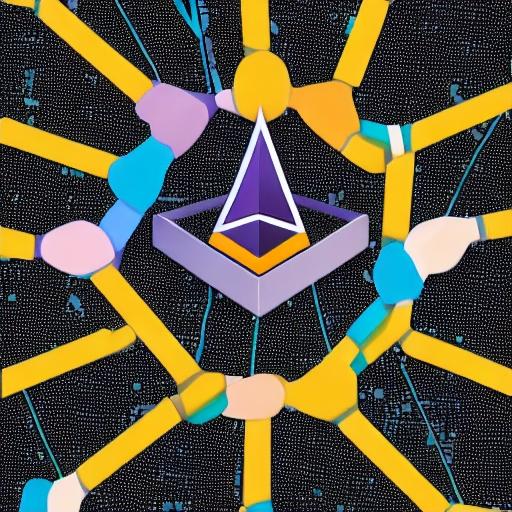Ethereum, the brainchild of Vitalik Buterin, was first proposed in late 2013. It quickly gained attention for its potential to revolutionize the way we think about blockchain technology. With its introduction of smart contracts and decentralized applications (dApps), Ethereum has since become one of the most popular and widely adopted blockchain platforms.
Ethereum’s journey towards widespread adoption has been a remarkable one. As an open-source platform, it encouraged developers from all around the world to contribute, experiment, and build on its infrastructure. This collaborative approach fostered a thriving ecosystem that fueled Ethereum’s growth and adoption.
One of the key factors in Ethereum’s adoption was the ability to create and deploy smart contracts. These self-executing contracts automatically enforce and facilitate agreements between parties, reducing the need for intermediaries. This feature has been particularly attractive to industries such as finance, supply chain management, and real estate, where the automation of contractual agreements can improve efficiency and transparency.
The Ethereum Virtual Machine (EVM), which enables the execution of smart contracts, also played a significant role in its adoption. The EVM allows developers to write code using various programming languages, making it accessible to a wider range of developers. This flexibility helped attract developers from both traditional finance and the blockchain industry to build decentralized applications on the Ethereum platform.

The initial coin offering (ICO) boom of 2017 further accelerated Ethereum’s adoption. ICOs became an alternative fundraising method for startups, allowing them to raise capital by issuing tokens on the Ethereum blockchain. This influx of capital into the ecosystem led to an explosion of innovation and development within the Ethereum community.
Additionally, Ethereum’s community and governance model played a crucial role in its adoption. Through regular upgrades and hard forks, the Ethereum Foundation and its developers were able to address scalability issues and provide improvements to the platform. The community’s active participation in the decision-making process created a sense of ownership and trust, attracting more users and developers to the ecosystem.
As Ethereum gained traction, it also caught the attention of enterprises looking to incorporate blockchain technology into their operations. The Enterprise Ethereum Alliance (EEA) was formed to foster collaboration between businesses and developers, aiming to create industry-specific applications on the Ethereum platform. This collaboration between the public and private sectors further validated Ethereum’s potential and paved the way for broader adoption.
In recent years, Ethereum has faced challenges, particularly in scaling its network to accommodate the growing demand. However, its vibrant ecosystem and dedicated community continue to work towards solutions such as Ethereum 2.0, a major upgrade that aims to address scalability and security concerns.
